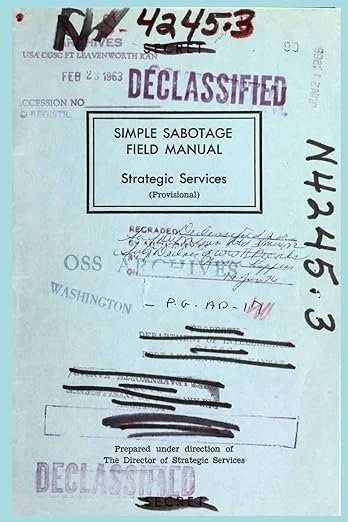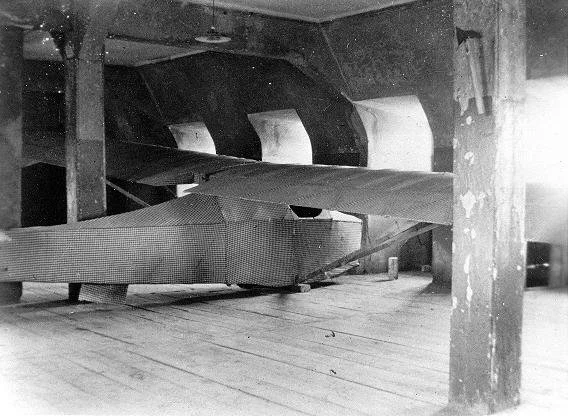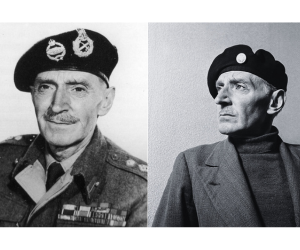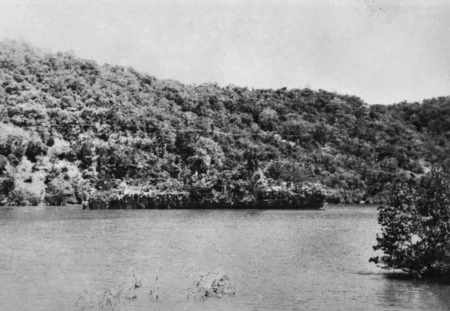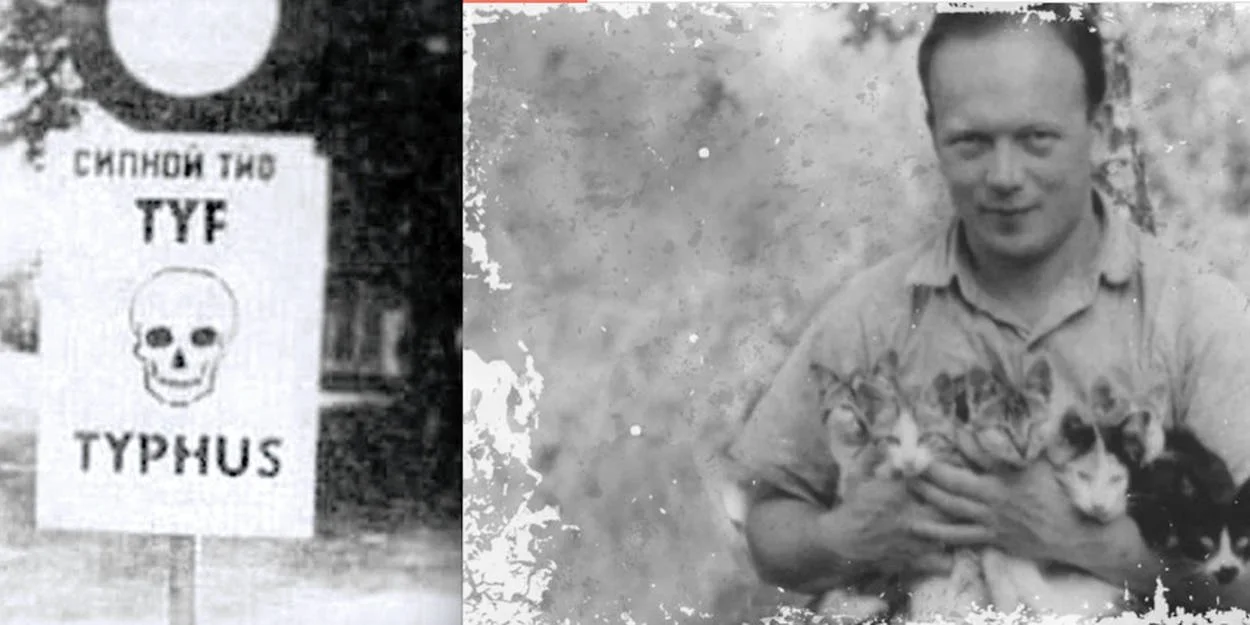5 Brilliant Examples of Wartime Creativity
“Anywhere the struggle is great, the level of ingenuity and inventiveness is high. — ”
It’s no secret that creativity thrives under constraint.
Limitations of time, money or resources force the mind to think of unconventional ideas.
Nowhere is this more applicable than during wartime.
Many everyday things, like GPS, the Internet, Microwave ovens, and instant coffee, were originally created for military use.
Here are some brilliant examples of lateral thinking from WW2, which might spark your own novel ideas:
1. Bureaucratic Sabotage
In 1944, the U.S. Office of Strategic Services (later to become the Central Intelligence Agency, or CIA) created the "Simple Sabotage Field Manual." Declassified in 2008, it was a secret guide for sympathetic citizens of occupied countries on how to subtly undermine workplace productivity.
A masterful tool of deception, suggestions included “Talk as frequently as possible and at great length”, “Bring up irrelevant issues as frequently as possible”, “Haggle over precise wordings of communications, minutes, resolutions”, and “Refer back to matters decided upon.” All things most corporate workers will be familiar with!
2. The Colditz Cock
Allied prisoners held in the supposedly escape-proof Colditz Castle (prisoner of war camp Stalag Luft III) devised an extraordinary plan to flee by air. Hidden in a secret attic workshop behind a false wall, they built a fully functional glider (named the Colditz Cock) using bed slats, bed sheets, scrap metal, and even porridge to seal the wings.
Guided by an aeronautical textbook found in the prison library, the prisoners engineered a launch system using a bathtub counterweight to propel the craft off the castle roof. Although the war ended before it could take flight, in 2012, a group of enthusiasts constructed a remote-controlled replica of the glider and successfully demonstrated the original glider's ingenious design.
Source: Wikipedia (Creative Commons)
3. Acting General
Operation Copperhead was a British deception plan designed to mislead German intelligence about General Bernard Montgomery’s whereabouts ahead of the D-Day invasion. The plan involved recruiting an actor and army officer, M. E. Clifton James, who bore a striking resemblance to Montgomery.
After studying the general’s mannerisms, James toured Gibraltar and Algiers, posing as Montgomery, to ensure that German spies would report seeing him far from England, thereby suggesting that the invasion was not imminent.
5. Island Escape
In 1941, the Dutch minesweeper HNLMS Abraham Crijnssen was one of only four ships to survive a brutal Japanese attack in the Dutch East Indies. Ordered to escape to Australia but surrounded by enemy forces, the crew faced near-certain destruction.
Their ingenious solution was to disguise the ship as a small island by covering it with branches and foliage. Moving only at night and blending into the coastline by day, the camouflage worked, and the ship successfully evaded the Japanese, reaching safety.
Image: Netherlands Indies Government Information Service - Australian War Museum
5. The Fake Outbreak
Polish doctor Eugene Lazowski saved around 8,000 people in the town of Rozwadów by faking an epidemic. Knowing the enemies’ fear of disease, he worked out that he could inject healthy people with a ‘vaccine’ made of dead typhus bacteria.
The injection itself was harmless, but it would cause the person to test positive for typhus. Lazowski began a secret campaign, injecting locals in the area. When German labs received the blood samples, they confirmed a raging epidemic. Terrified, the German authorities quarantined the area, sparing the population from deportation or death.
If you found the above interesting, you’ll love our Creative Thinking Course. Made in collaboration with some of the world’s greatest creative minds, it’s packed with practical tools and tips to help unlock your creative potential.


